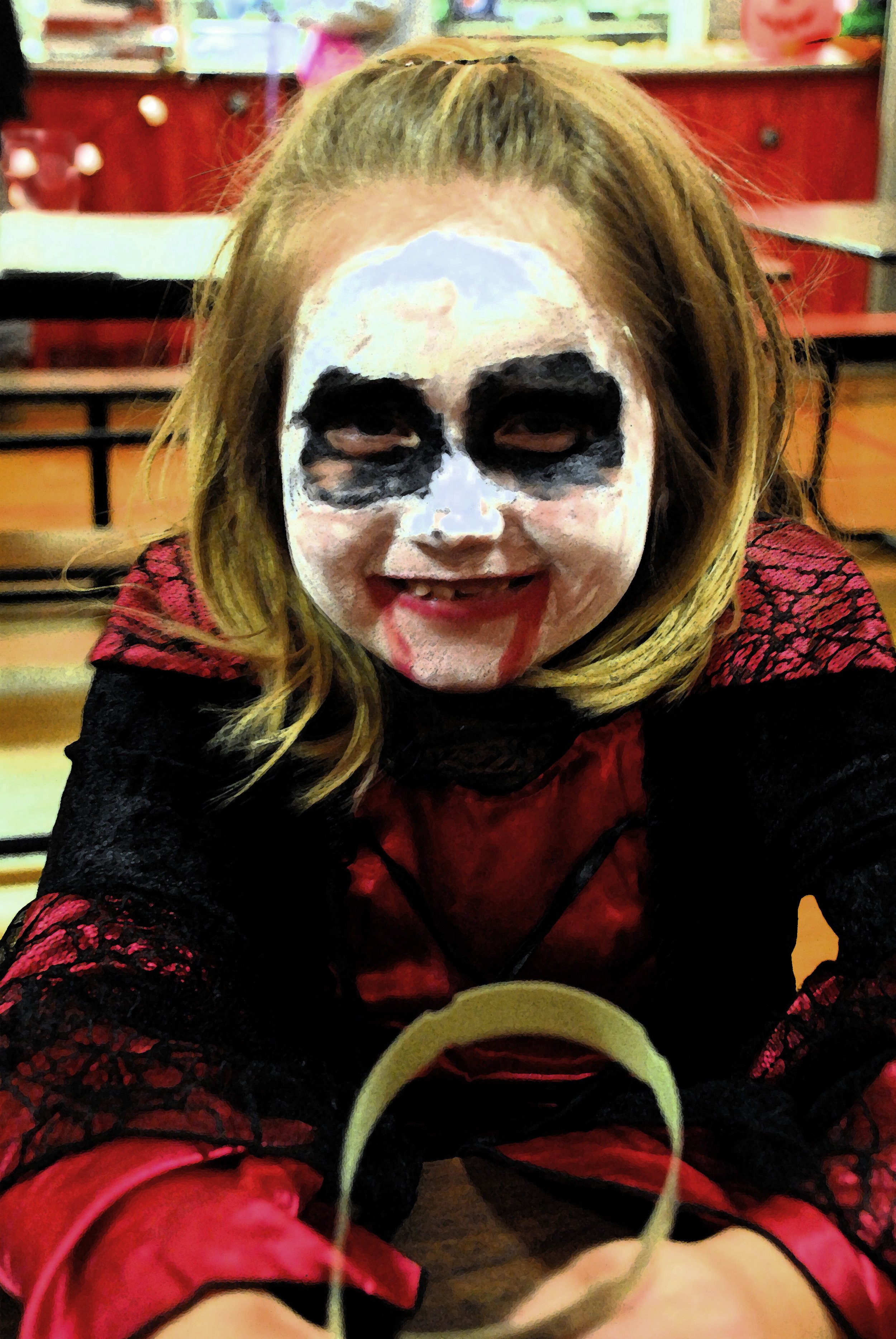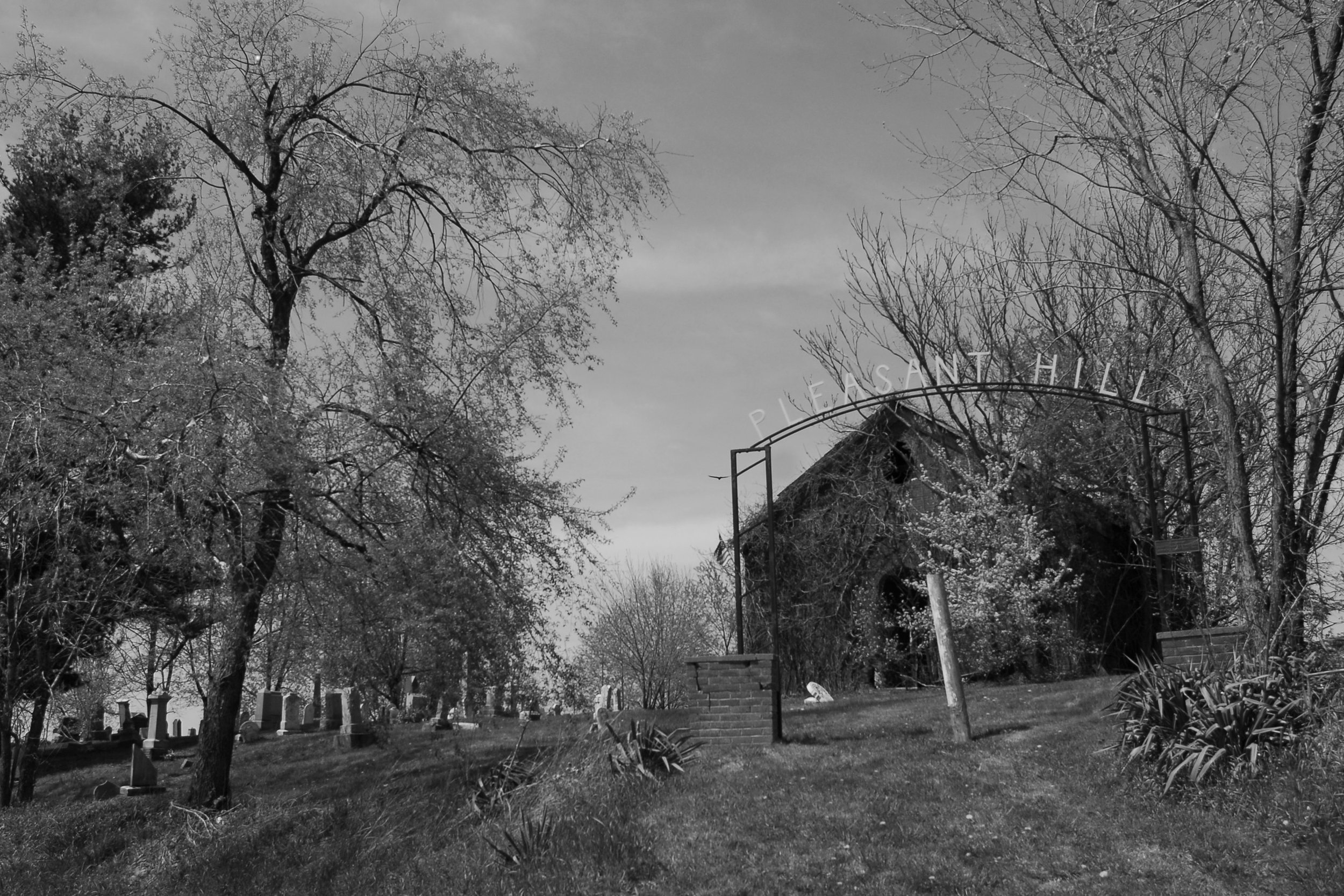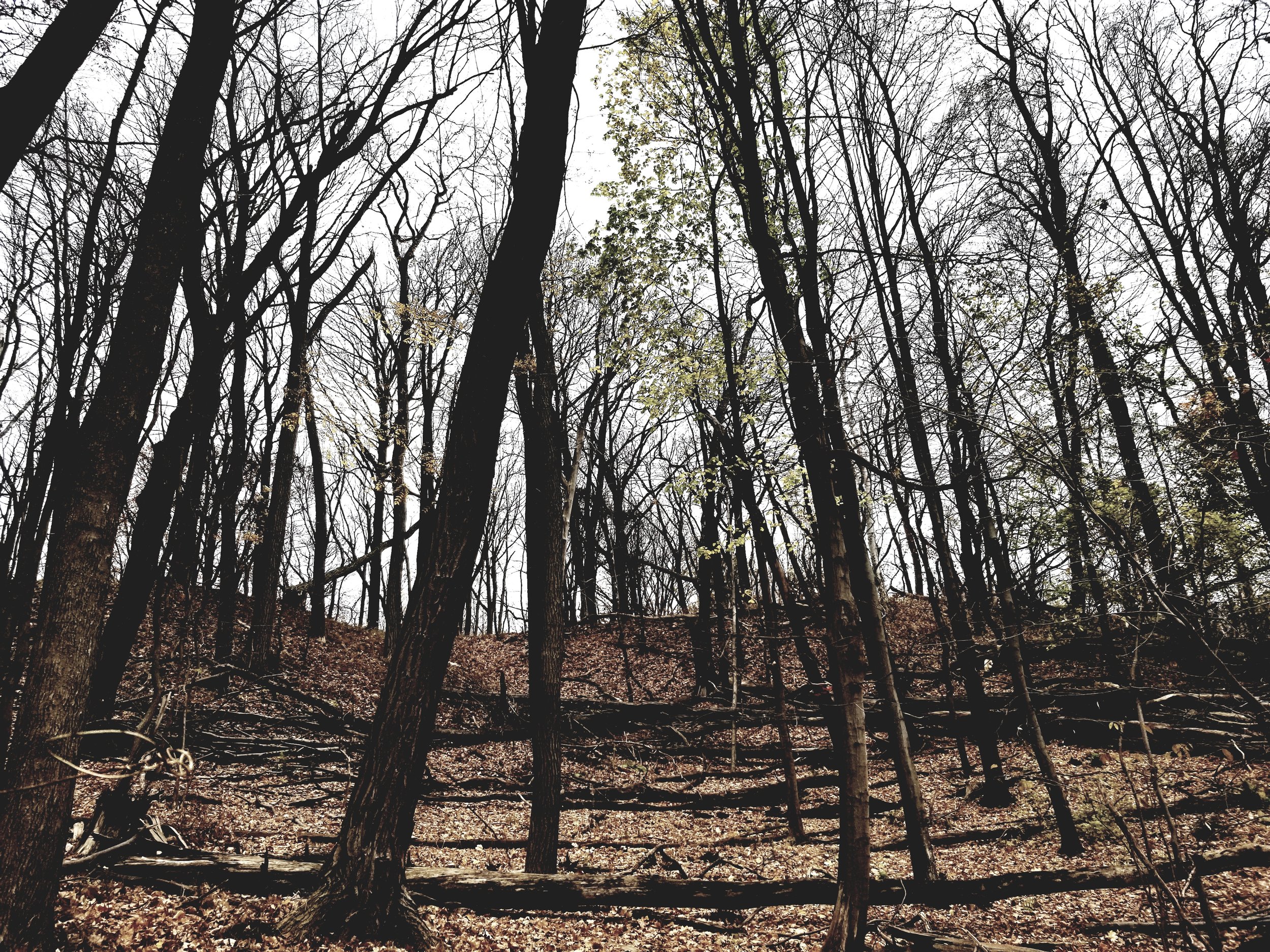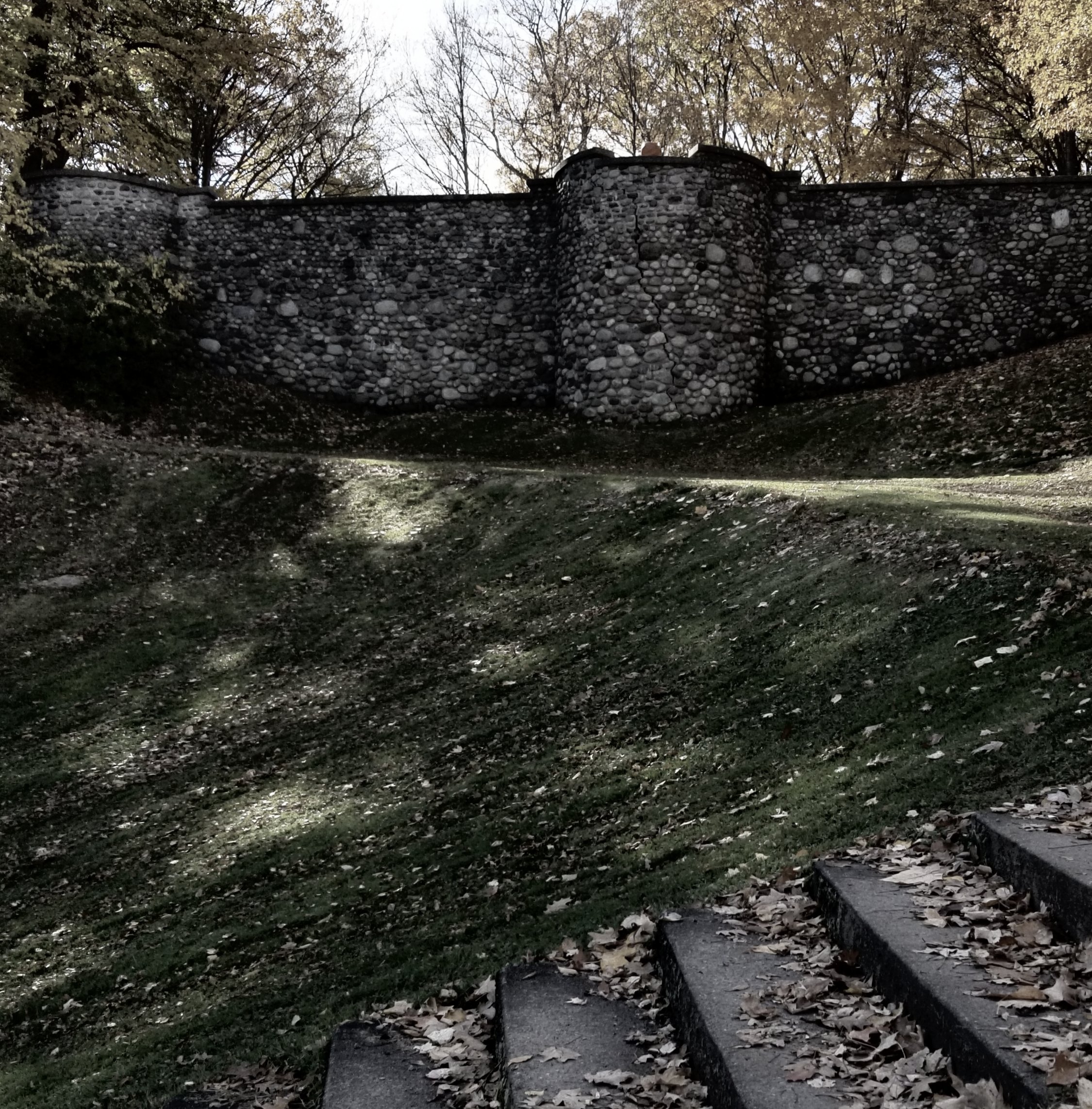Standing the Test of Time: the Universally Popular Cheesecake
/Grab a fork—National Cheesecake Day is on Sunday, July 30th!
The familiar sweet treat is generally a mixture of soft cheese, eggs, and sugar poured into a crust of graham crackers, shortbread, or sponge cake. Today’s varieties range from the pristine New York Style to flavored cheesecakes (like chocolate, lemon, or pumpkin) and added fruits (like berries, cherries, or pineapple,) decorated with nuts and whipped cream, baked or unbaked.
It isn’t actually a cake at all but more of a cheese tart or flan or custard pie. The Basque-style cheesecake is much like a custard and baked to the edge of burnt. In 1996, a savory salmon cheesecake took top prize in a Better Homes & Gardens’ recipe contest.
Cheesecake, like many things, started with the Greeks. Cheese molds discovered on the island of Samos are approximately 4000 years old, and experts speculate that humans ate cheese products well before this. A form of cheesecake gave energy to the first Olympic athletes in 776 BC. These first cheesecakes consisted of cheese pounded into a paste and formed into a loaf with honey and wheat flour, then baked.
When the Romans conquered Greece, they made cheesecake their own, called it “libum,” and published a recipe for it during the first century AD in a comprehensive food work by Marcus Porcius Cato, a politician. This version is very similar to the Greek’s but added eggs to the mixture. It, too, was formed into a loaf, then baked in a fire, on leaves under “a brick.”
By the end of the first millennium, countries all over Europe were making their individual styles of cheesecakes thanks to the Romans expanding their empire. In the 16th century the French developed Neufchatel cheese, soft, creamy and a favorite of Napoleon’s used often in cheesecake recipes.
Meanwhile in 1872 America, a dairy farmer named William Lawrence, of Chester, NY, was trying to recreate Neufchatel for this side of the pond. He didn’t, but he did discover an American classic: cream cheese, called so because it WAS creamier and richer than Neufchatel.
In the 1920’s restaurateur Arnold Reuben experimented with cheese pies as desserts for his menu. He tweaked and perfected until he unveiled the New York style cheesecake, made with cream cheese, egg yolks, heavy cream or sour cream, with a little sugar, lemon, and a graham cracker crust. The authentic New York cheesecake stands on its own without fruits, nuts, flavors, or whipped cream.
Simple and unadorned or loaded with layers of flavors, cheesecake’s creamy goodness is universally popular. Today is a great day to treat yourself to a slice of this ancient and historical classic.
Cheesecake from Savoia Pastry Shoppe, Rochester, NY


















































